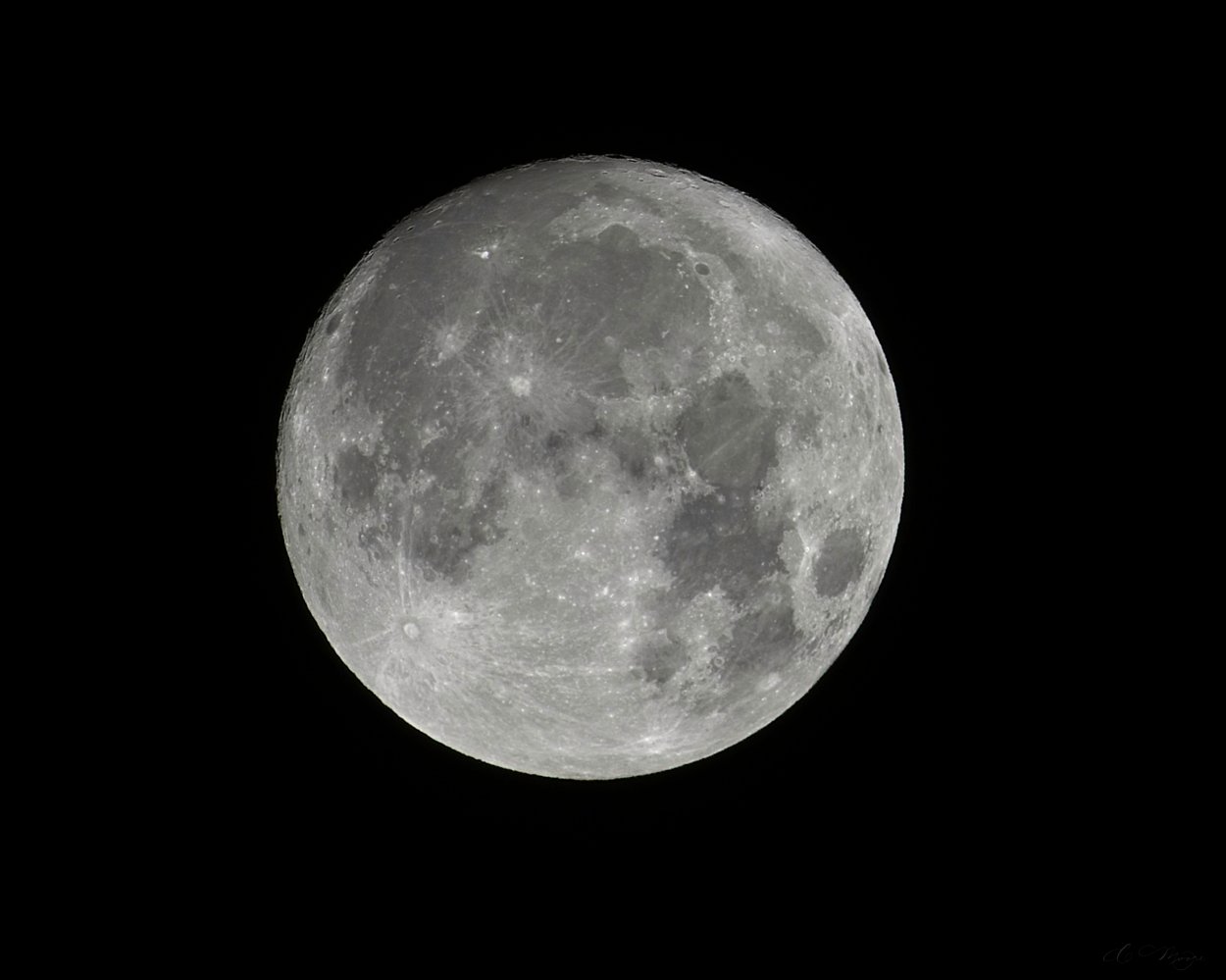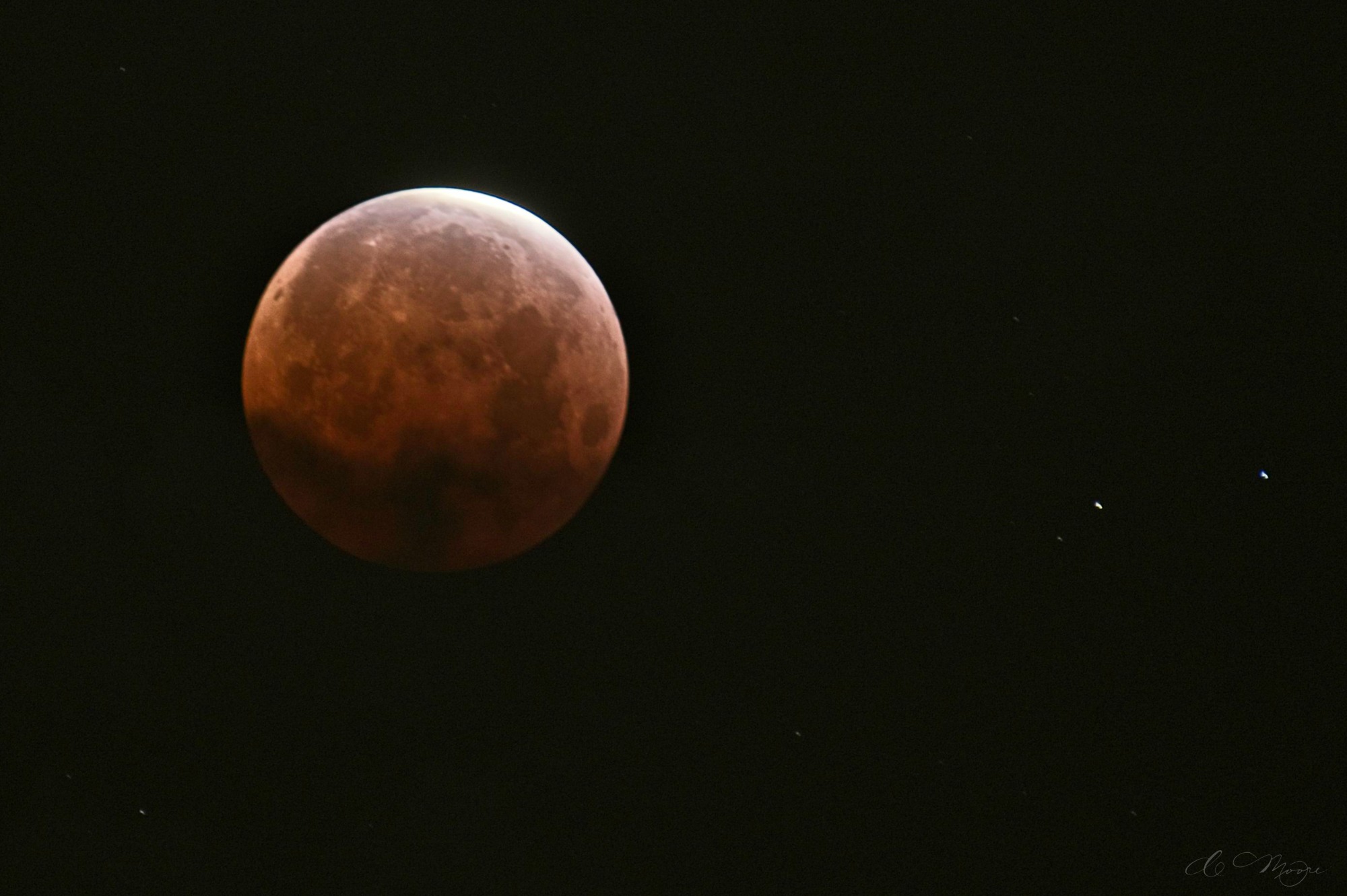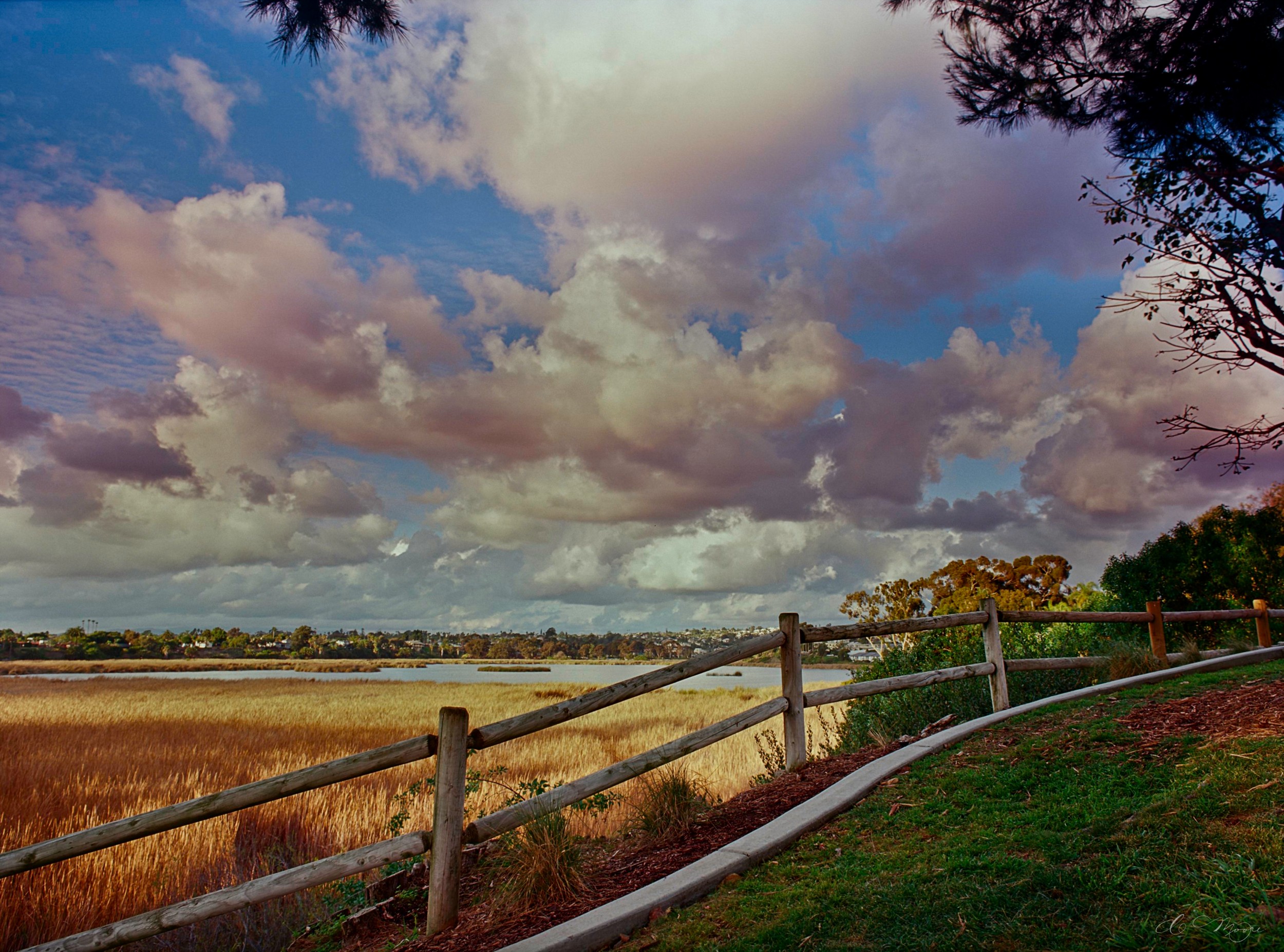
Couldn’t sleep, and it’s super bright out, so here’s the 2023 Super Blue Moon:
1250px


If you want to see higher res, here’s 2000px:
How often do you see lightning here? Never. That’s how often. Well, almost never. So these are a rarity. I only got a very few, and didn’t get to play with settings much, but the fact that I had a chance at all is kind of special.
The first couple with the 24-200 lens, the rest with the 20mm. I tried different apertures and opening times, but this was mostly a wild guess. Hold the shutter open 20 seconds or whatever and then hope the lightning… lightnings.
Behold!









Why do they keep adding names to the moon? I think super flower blood moon or some shit was what I read on the first site the quack quack go gave me when I was searching to find the time. It was an eclipse. There, that’s plenty clear. Good enough for coding java, good enough to describe a shadow on the moon.
But, alas, it’s not good enough to convince the unseasonably tropical cloudiness to stay at bay. So I got up at 3AM and shot some pics, through a high haze and the gaps in the high cumulus, which never seemed to be completely clear of the moon. As it got closer to the horizon the haze got worse, to the point where I had to add a stop and a half to get the moon even close to exposed. I gave up just after totality as it would go 5 minutes without being visible.
And, yet, the Z6 was able to pull a few usable, if not sharp or particularly good, images. Modern cameras are pretty amazing.
Behold!






Here’s what I was contending with, weatherwise:

This will be a big picture dump. Mostly so I can share with a friend. I’ve shot some more film, and some of it on 135. I’m using an F6, which should be far more foolproof than my Fuji. And just about any film camera ever made, for that matter. My goal in getting it was to do experiments like bracketing exposure that are expensive in medium format, or taking more dynamic shots that are kind of difficult with a 12 pound beast on a tripod. The camera writes exif data, so I can work faster and match up exposure data when the scans come back.
The F6 I just set the exposure compensation up 2/3 of a stop. The Ektar I shot with the 680 I fudged up to the next stop
My first two rolls were Kodak. First Portra 400, then Ektar. I wasn’t completely happy with what came back. While technically correct, even shots taken using Program Auto were still a little dark, the Ektar was kind of red with lost details in the shadows, and the Portra seems a little grainy.
That second reminded me of something. I have a new method based on what I read on someone’s site — I don’t even remember where I read it — but the writer said that he was shooting portra up 2/3 of a stop if it was meant to be scanned. Like, he’d shoot Portra 160 at iso 100, but not push the film at all. So the most recent roll of Portra 400 I ran through the F6 I just set the exposure compensation up 2/3 of a stop. The Ektar I shot with the 680 I fudged up to the next stop, since that camera only works in whole stops. When I bracketed, I wanted to see the exp on the dark shot and a + with the angry beeping on the light shot. In fact, I’m not convinced that for anything with more than 4 stops of range, if I don’t get the overexposed warning I might consider another shot at one stop longer exposure time.
I’m happier with what I got back this time. Both the medium format Ektar and the Portra 400 in the F6. If I stumble across that website again I’ll have to drop a thanks to the author for that suggestion, assuming it wasn’t written 15 years ago.
Enough writing. Here are some photos.
Portra 400 from the first roll in the F6:





And the first roll of Ektar. The bird and surfer shots are all hand held, so while the pelican is a little soft and underexposed, getting sharp enough to see him taking a shit at 500mm, offhand, with no monopod or tripod, I am going to count as a win.














I needed some magic from the photo shops to bring up the shadows in the photos along the bluffs, and they’re very red. Strangely, pointing straight into the sun works better, the sunset shots are almost exactly what came back from the lab.
For contrast, here are a few shots from my third roll in the F6. For most of this roll I had the camera set with +2/3 exposure compensation. And, yes, they’re very random. I had no goal in mind other than burning a roll of film to see if the exposure compensation worked.









More exposure seems to mean less grain there. Important with the higher speed film, and it’s pretty hard to blow a highlight with these negative films, so I’ll fudge up from now on.
Here’s the roll of Ektar. I was playing with filters as well as bracketing. Even 1.3 stops over exposed (from the meter reading) I like it better than shooting at what the meter tells me.









This next gallery wasn’t here when I originally posted as I didn’t get the film back until after I made the post. But nobody reads this blog so I’ll add it here to make for an easy reference since it’s the same scenes.
Portra 800, shot at the same time as the Ektar above. I metered at 640, then fudged up, so everything would be at least a quarter stop over, but as much as a stop and a third over. Most of these shots the camera was beeping and flashing +, so it thought I was overexposed. The first three have very little editing, the bottom two I pulled the highlights back, but they were more than 5 and 6 EV over the reeds. The fact that I was able to compress the dynamic range enough to get it all printable means I’m on the right track with my shoot 2/3 stop over method.





Quick study of the moon with the new lens. I learned a few things.
First, that the tripod will still oscillate a bit with the ginormous lens on this camera. 5 lbs atop a raised pedestal was bad. So I had to keep it just on the legs, and then I set the timer so there was a 3 second delay to give it a moment to settle.
Full moon is one week from today and it’s due to be warm and dry
B, if there is camera shake on the tripod, the AS does a darned good job of taking care of it.
And, 3, some of the images have a lot of noise. I think I have to overexpose the moon a bit to get the black of the sky to stay — black. Although it was quite blue when I took these pics, but obviously the moon is significantly brighter than the sky half an hour after sunset.
I took a few at different settings, different apertures, different shutter speeds. Except for the ones with noisy black areas, they all look just as good as one another by the time they hit jpeg. I guess that’s a good thing, though it sure is easy these days.
All manual — it will NEVER auto expose properly, no matter what I try — and on a tripod.



I’ll do more in the upcoming nights. Full moon is one week from today and it’s due to be warm and dry, so I bet I get some more chances.
Not worth another post, but I tried out the multiple exposure on the camera an hour ago. Took the stars first, then the moon, as a double exposure. By the beach on a hazy night, so the starfield isn’t super spectacular, but it gives me ideas. I can try this in the desert with less light pollution to make a fun image.
No photoshop. I don’t even have photo editing software other than the free Nikon stuff right now. I’m sure I could do composites in lightroom if I bothered to use it, but what the heck. This is old school, like how you’d shoot film.

There’s a comet visible this week. It’s a special sort, only just discovered, and visible to the naked eye. It’s just a little blur, but the tail is quite visible with a decent pair of binoculars. It won’t be back for another 6000 years or so, so you should catch the sky to the north west just after sunset in the next few days as you won’t get another chance.
It reaches it’s closest approach to Earth around the 22nd and for the next week the tail will be lit by the sun beneath the horizon, so you can see its comety glory. To find it, draw an imaginary line between a spot just north of where the sun sets on the horizon and the big dipper. It’ll be somewhere along that line and it will be a little higher in the sky each evening.
Alas, as it has been very low to the horizon the last few evenings I haven’t seen it since the clouds are plentiful after sunset right now, but they drew back just long enough for me to get a few shots tonight. I was set up for the stars with my 20mm lens, and had no idea I’d be able to catch it so clearly, but I got lucky. Maybe I’ll try the 105 tomorrow night and get a little more up close and personal.
These were taken around 9:30 PM Pacific, and are about 5 second exposures. Two crops to show the comet, and one uncropped to show how wide the actual frame was.
And, while we are at it, shall we comment on how ridiculously sharp the Nikkor z 20mm f1.8 is?





